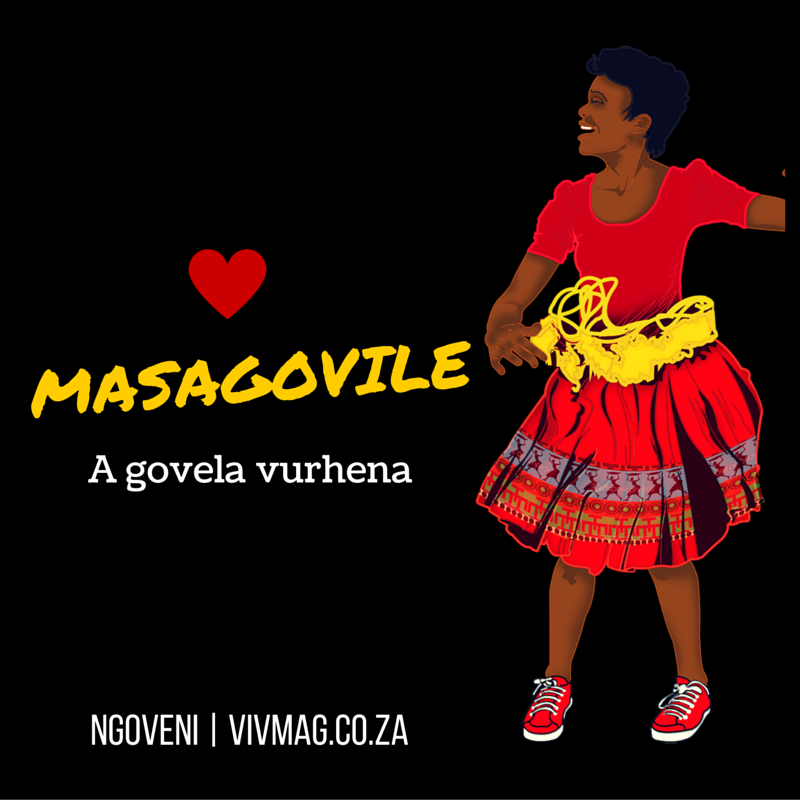There have been confusion about Valambya due to similarity of the Ngoveni surname and Ngubani; as such, many of Ngoveni’s regard themselves as Nguni.
The Valambya grouping consists of;
- Ngoveni
- Mahlaule
- And Mapengo
This grouping has a very close relationship with the Valoyi of Gwambe, they arrived together eVutsonga via Mbombhi territory. They defeated the Mbombhi with the help of Gwambe and settled close to the land of Valoyi, both these territories were captured from Vaxingwindzi. The Valambya settled in Ka Xibotani and surrounding areas.
Valambya were not as brave as the Valoyi and they later became subjects of Manukutsu (Soshangaane) when he arrived eVutsonga in the 1800s whilst the Valoyi resisted. The Valambya of House of Xiringani, Kombyani and Ximange crossed the Olifant (Balulu) river into the now Transvaal fearing for their lives after the battles of Xihaheni between va ka Valoyi and Soshangaani’s army. Some remained in the territory, especially the royal house of Xibotani and became headmen of Soshangaani. With the combination of some Nhlave clans, they were known as Mabuyandlela.
Mabuyandela or Mabulandlela were used by Soshangaani and his descendants as the first line of the army in battles against Tsonga groupings. Those who settled in what was known as Transvaal established a small Chieftaincy of Ximange in Sploken, but were accountable to King Njakanjaka as all the people of Sploken were at the time.
Valambya are very integral part of Vatsonga and are classified under the Vakalanga with the Valoyi grouping.


Look up Ngobeni and links to Sibiya (South Africa), Subiya (Zambia – this may be why Zambia has a Bia in its name), Biya (Cameroon’s president is Paul Biya from AmaBhulu or what we call AmaPhudu or AmaPutu or AmaPondo or AmaMbotho (Zululand) or Izimpondo zenkomo noma ZeNdlovu noma Zenyamazane), ColomBIA, GamBIA and NamiBIA. If whole countries are named after the Bia, then the Bya are quite big for Bantus. In fact, most language groups in West Africa are called Bia or Kwa/Gwa. Most Bia people answer to Ngwane or iLwana/Mlilwana or Mphankomo or Pokomo (Kenya) – AmaKhoi – the true Khoi or Ngo or Ngwe people – AmaKhosi or oNkosi, Kissi/Khize/Kuza/Kusu/Gusii or Sikhobobo or Singobobo people. They also answer to Fikeni/Qwathi or BaFikeng and Singo/Svingo or Bobo or Popo or Mavovo or MaNala Ndebele. or plainly Bakgatla or Mpangalala or BakaJa or BakaSa/BaGasa/BaGaza/BakaHla/BakaHala/BakaZala/BakaDla/Dladla or Mbatha or MpangaZitha or AmaTswa or AbaTwa or Vanwa’Nathi or Makwakwa or Mgwagwa or Mqwaqwa or Mcwacwa or Mkrankra. Okran or Korana/Borana. That is who oSibiya are.
My Mom is a Sibiya. Mthaniya (same meaning as Tania/Tanya = princess) gave birth to Senzangakhona who then bore us King Shah Ka Zulu: uMlilwana. OmKwena.
Also look up Subiya and Ngobe and Ngobeni or Ngobese. Sibiya people are fewer in numbers in KZN as they are in Botswana or Mpofana in North West and KwaXhosa – amaQwathi and Hala/Hla Thembu. Sibiya ngezinkomo abafokazana bebiya ngamahlahla! Gumede! Mnguni! Qwabe! Sotobe
Hi Ntuthuko can I have your email or digits cause I want to know more abt Ngobeni clan am Ngobeni as well to dumisanidadangobeni@gmail.com
Wanna know that were the balambya came the time they intergrated to xibotani house and are nguni or tsonga especially the Ngobeis
Is Ngobeni linked or related to Mkhabela?
Is anyone who knows isithakazelo saka Mahlaule?